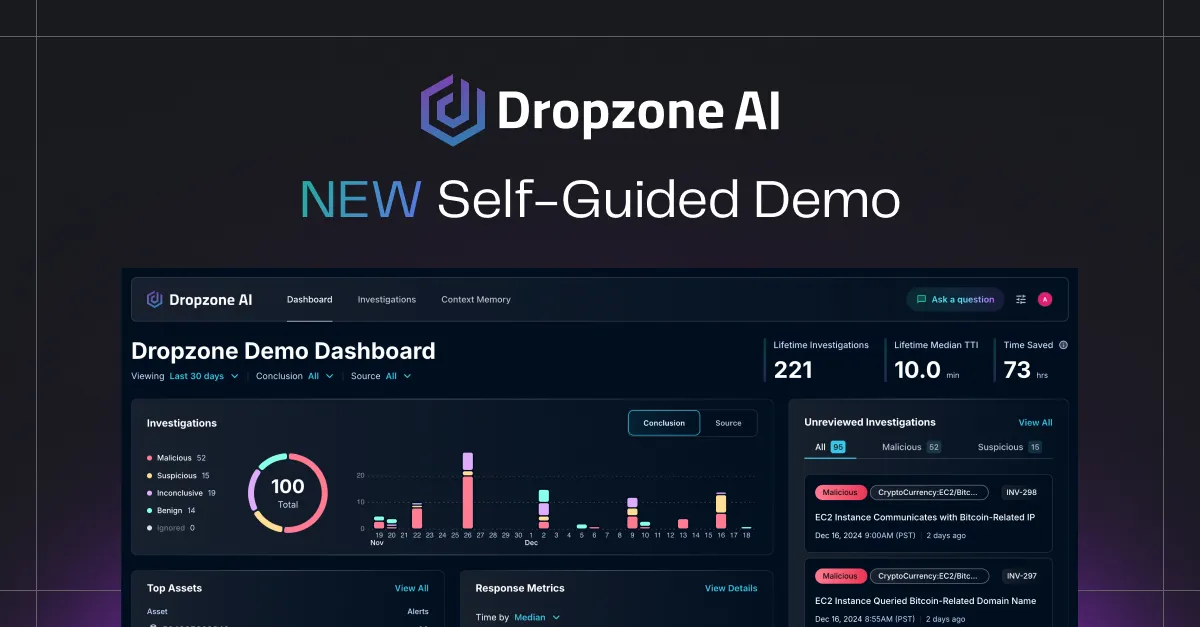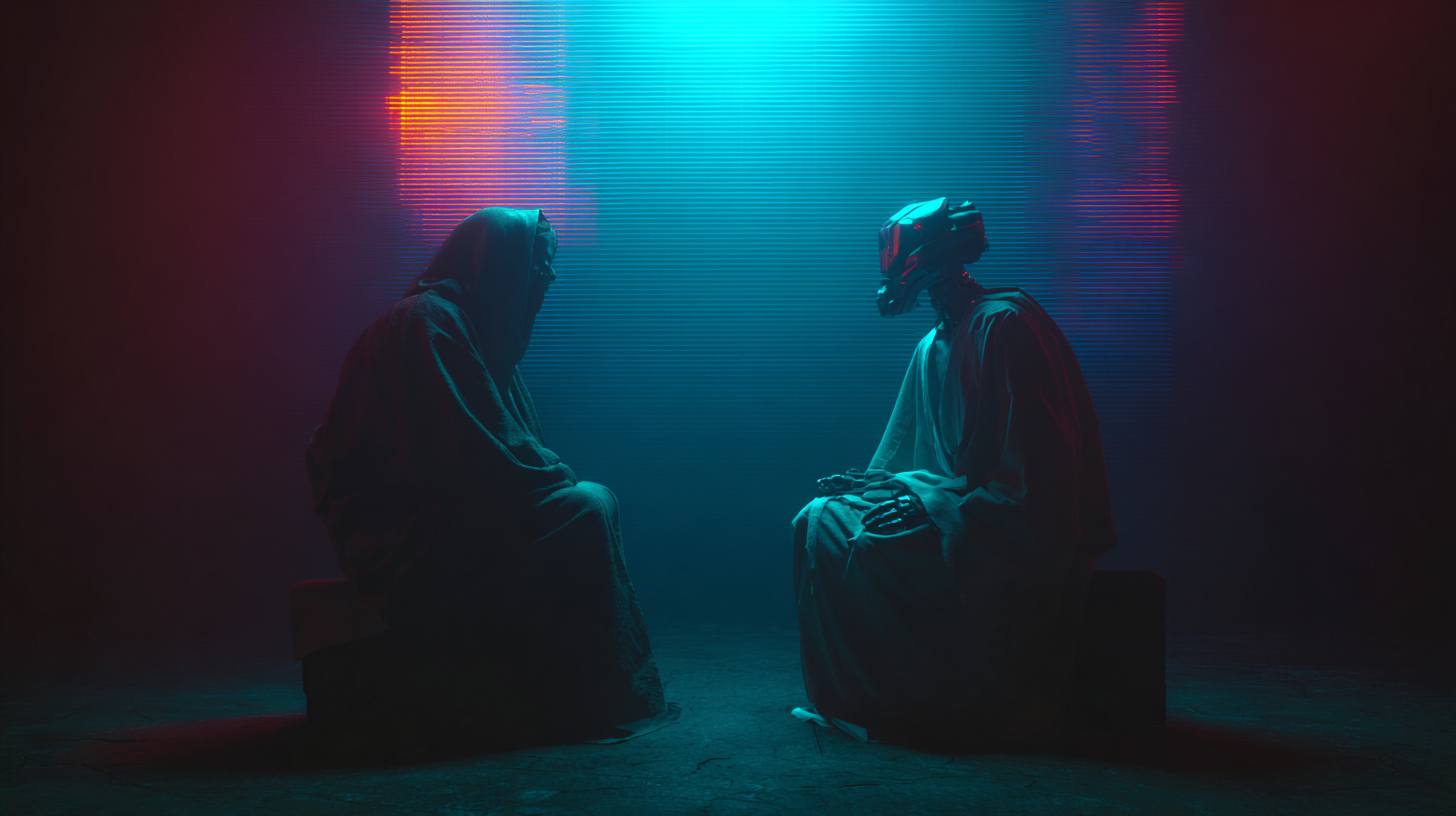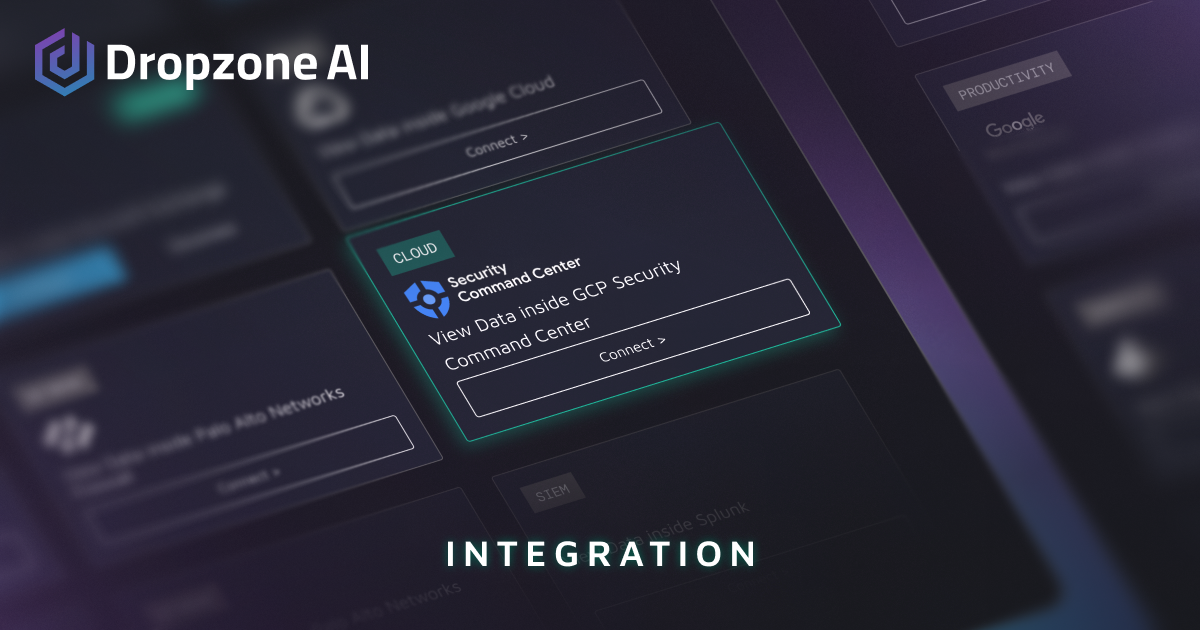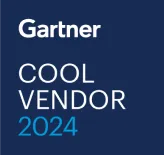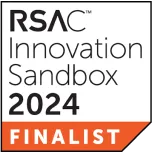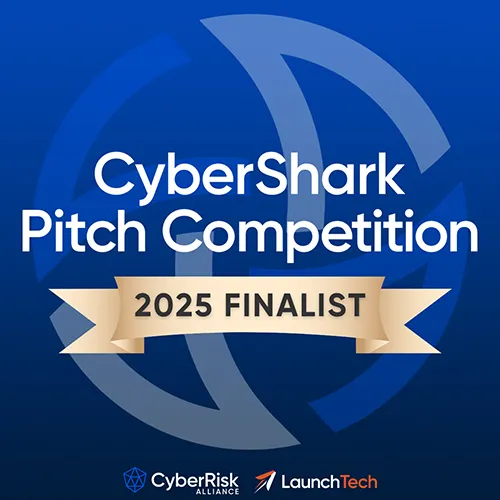Quick Answer
Dropzone AI fully investigates Cortex XDR endpoint alerts in 3-10 minutes. The AI autonomously builds process trees, analyzes suspicious behaviors like PowerShell exploitation, and provides structured verdicts with complete evidence chains—reducing Mean Time to Conclusion (MTTC) by up to 90% compared to manual investigation.
Key Takeaways
Every Alert Gets a Fast, Thorough Investigation - Dropzone AI autonomously investigates Cortex XDR endpoint alerts with the same depth and logic as a skilled analyst, with no triage delays or skipped steps.
Process Trees Without the Pain - The AI builds full process trees, maps behavior, and verifies external code sources to determine the true intent behind suspicious activity.
No Playbooks Needed - Unlike rule-based automation, Dropzone uses dynamic reasoning to adapt to each alert, even in unfamiliar environments.
Structured, Explainable Outcomes - Each investigation includes a decision-ready verdict, raw evidence, process lineage, and detailed reasoning steps ready for review or audit.
Easy to Deploy, Instant Impact - With secure API integration to Cortex XDR and feedback-driven refinement, Dropzone delivers value on day one and grows smarter over time.
Introduction
Palo Alto Cortex XDR surfaces behavioral anomalies that could indicate serious threats, but the real work begins when something like suspicious PowerShell activity triggers an alert. Analysts must retrace the steps, build a process tree, verify each action’s intent, and decide whether the alert is noise or the beginning of a breach. All this takes time.
What makes this harder is the nature of endpoint threats: they’re subtle, multi-stage, and deeply contextual. One misread behavior or missing detail can mean overlooking real risk.
That’s where Dropzone AI comes in. Acting as an autonomous SOC analyst, it replicates the techniques of elite analysts to fully investigate every Cortex XDR alert. Dropzone builds the process tree, analyzes behavior, checks threat intel, and even inspects code snippets, replicating how a human analyst would reason through the evidence. The result? A structured, decision-ready report that tells you exactly what happened, why it matters, and what to do next, all before your team even opens the console.
By offloading the investigative burden, Dropzone AI lets analysts focus on decisions, not digging.
Challenges SOC Teams Face Without AI Support
Cortex XDR generates powerful signals, but making sense of those signals is still human-heavy. When an alert fires, analysts are expected to do it all: reconstruct the full process tree from a PID, trace parent and child processes, investigate command-line arguments, and assess whether behavior like PowerShell activity was benign automation or malicious intent. That often means jumping between consoles, manually checking file hashes, pulling additional telemetry, and looking up scripts to figure out what’s really going on.
Oftentimes, analysts need to cross-reference other security tools and even business systems, like Jira, Google Workspace, or Microsoft Entra ID. The result? Analysts burn time chasing false positives and second-guessing ambiguous behavior. Meanwhile, true threats may sit idle in the queue, delayed not by negligence but by overload.
Without reliable and accurate AI automation, human attention can become a bottleneck for even great tools like Cortex XDR. Every alert demands deep analysis, but the resources to do so just aren’t there. Dropzone AI changes that by making deep investigation the default, not the exception.
How Dropzone AI Investigates with Cortex XDR
When Palo Alto Cortex XDR flags something like suspicious, Dropzone AI immediately steps in not just to log the alert, but to reason through it. The AI SOC agent doesn’t rely on playbooks or static workflows. Instead, it mirrors the steps a skilled analyst would take, only faster, without pause, and even for multiple alerts in parallel.
Let’s look at how Dropzone AI investigates an alert for suspicious PowerShell activity:
- Gathers Endpoint Context - First, Dropzone confirms the identity of the device involved. It retrieves relevant details from Cortex XDR to understand the asset’s operating system, hostname, and role. Knowing the environment is essential for judging whether a behavior is expected or anomalous.
- Builds the Full Process Tree - Using the process ID from the alert, Dropzone reconstructs the complete execution lineage, including parent, child, and sibling processes. This gives critical context: Was PowerShell launched from a script? Was it part of an installer, or something more covert?
- Analyzes Suspicious Behavior - With the process tree built, Dropzone looks at behavior. In this case, it flagged the use of PowerShell to invoke remote code, specifically a Mimikatz payload commonly used for credential dumping. The AI interprets command-line arguments, file hashes, and execution timing to distinguish between automation and attack, just like a human would.
- Verifies External Code - Dropzone goes further when the alert references external sources, like a script hosted on GitHub. It retrieves and analyzes the remote code using malware analysis tools to understand intent. Was it a benign script, or was it clearly malicious?
- Assess the Outcome - Finally, Dropzone checks whether Cortex XDR intervened. Was the behavior blocked? Quarantined? Allowed to proceed? Even if the threat was stopped, the AI evaluates whether follow-up action is needed, such as isolating the host or removing secondary payloads. Customers can configure Dropzone AI to automate containment actions.
The result is a full, reasoned investigation delivered in minutes and backed by evidence. With Dropzone, Cortex XDR alerts become stories with clear beginnings, middles, and decisive ends.
Key Benefits for Security Teams
With Dropzone AI augmenting Palo Alto Cortex XDR, security teams move from reacting to reasoning, without the usual delays or toil.
- Faster Time to Clarity - There’s no need to wait in a triage queue or spend time combing through raw logs. Investigations begin the moment an alert lands, and conclusions arrive within minutes, clearly reasoned and ready for action.
- Comprehensive Investigations - Every Cortex XDR alert gets the attention it deserves. Dropzone AI doesn’t just skim the surface. It performs full behavioral analysis, reconstructs process trees, and evaluates the broader implications of what happened and why. Importantly, Dropzone knows how to use other security tools and check business systems to gather needed context—it’s not limited to using Cortex XDR.
- Tool-Augmented Reasoning - By tapping into Cortex XDR telemetry and enriching investigations with tools and threat intelligence, Dropzone pulls together context from multiple sources to understand what’s really going on even when the evidence is distributed or obscure.
- Structured, Explainable Outputs - Each investigation includes raw evidence like a detailed JSON output of the process tree and a transparent reasoning path that supports the final verdict. It’s everything your team needs to verify quickly and confidently.
Dropzone AI doesn’t just speed up investigations. It transforms them into high-fidelity, low-friction workflows that give teams the clarity they need without breaking their focus.
What Makes This Integration Different
Dropzone AI is not a threat detection tool, but an AI SOC analyst that helps organizations get the most out of their existing threat detection stack. It goes beyond traditional automation as well. Instead of relying on rules, it adapts to each alert in real time, following the evidence wherever it leads. When Cortex XDR flags something suspicious, Dropzone doesn’t just check boxes. It reasons through the situation. It reconstructs process behavior, correlates signals, cross-checks external sources, and determines what happened and why it matters.
This dynamic, investigative logic makes Dropzone more than just a responder. It’s a learning teammate—and thanks to context memory, one that grows more capable with every case, provides transparent, explainable results, and scales effortlessly alongside your team’s needs.
It’s not automation for automation’s sake. It’s AI built to think like an analyst and built to work without burning out.
Setup & Deployment
Integrating Dropzone AI with Palo Alto Cortex XDR is designed to be quick and low-effort so your team can start seeing results immediately.
- Connect to Cortex XDR - Establish an API connection using read-only access, ensuring full visibility into endpoint telemetry.
- Define Alert Triggers - Decide which detections, such as PowerShell misuse, suspicious binaries, or potential credential dumping, should trigger autonomous Dropzone investigations.
- Immediate Results - Once connected, Dropzone kicks off investigations the moment alerts are ingested. There’s no need to manually initiate queries or workflows. Dropzone expertly handles investigations from start to finish.
- Refine with Feedback - Analysts can validate findings or correct conclusions using a UI that’s designed for human-in-the-loop review. Over time, Dropzone learns from this feedback as well as things it learns during investigations, tailoring its logic to your environment and improving accuracy with every case.
From day one, Dropzone acts as an AI analyst working in the background, investigating deeply, scaling effortlessly, and sharpening its performance requiring minimal management from your team.
From Flagged to Finished: Let AI Handle the Heavy Lifting
Palo Alto Cortex XDR excels at detecting suspicious activity, but detection alone doesn’t close the loop. Investigating each alert requires time, context, and consistency that most SOC teams simply can’t spare.
That’s where Dropzone AI delivers. It picks up where the alert leaves off, validating threats, reconstructing behavior chains, and providing structured, evidence-backed conclusions in minutes, not hours.
Every Cortex XDR alert gets the deep, thoughtful investigation it deserves without overloading your team.
Ready to offload Cortex XDR investigations to a trusted AI teammate?
Book a demo and experience full-stack investigation with no playbooks required.
.webp)



